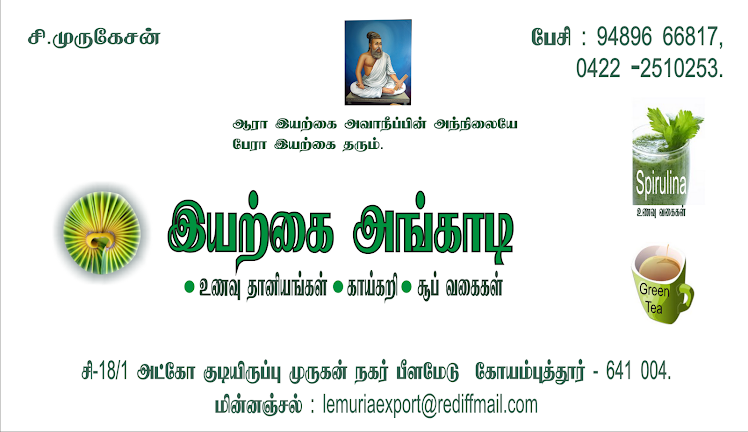Jan. 27: Our history is replete with anecdotes of rivers mothering civilizations along their banks. The lazy, meandering Noyyal river that originates from somewhere inside the Western Ghats and flows through Coimbatore and Tirupur districts covering a distance of 173 km before merging with the Cauvery near the Noyyal village (hence its name) in Karur district is no different. Archeologists have even found evidence of settlements along the Noyyal riverbanks engaged in trade with merchants from as far away as Greece and Rome
From being a source of life, Noyyal has now turned into a huge drain bearing human excreta, industrial waste and all other forms of muck along its path. The extent of pollution is such that several villagers who live downstream have fled from the riverbanks fearing skin diseases and, in some cases, even their potency.
Like most rivers that flow from the majestic Western Ghats , Noyyal too is a culmination of several mountain streams that still boast of pristine, fresh water. One such source is Kovai Kutrallam situated about 40 km from Coimbatore
Some say, the rain-fed river originates from this sweet-tasting mountain stream that still serves as the main water source for the tribal settlements along its banks. “If anyone who drinks this water is told that barely 150 km downstream, the same water could make one impotent, they would only laugh in disbelief. But, it is a truth,” says advocate and environmentalist M. Balamurugan who spent five long years shooting a documentary on the plight of Noyyal river.
As the mountain stream flows downhill, several other streams such as Mulvarambu, Koduvaipathi, Neeli join and form two major streams, the Periyaru and Chinnaru that eventually join together at Mathuvarayapuram to become Noyyal river just a few km away from Kovai. Despite locals using the river water for washing, bathing etc, it still retains its pristine nature and one can still see the clear riverbed where tiny fish move around.
When the river enters the Coimbatore
“Not just that, sewage from all the municipalities surrounding Coimbatore and even from the city flow into the river as there is no proper sewage treatment facility anywhere in this district,” says Mr Muthu Murugan, another naturalist, who undertook a walk along the stretch of the river a few years ago to raise awareness among public on river pollution.
By the time it reaches the Okkadam lake, Noyyal is just a large sewage drain. But then, its impurities are not potent enough to make us impotent. From Okkadam, the river flows along Vellalur, Ondiyur, Irugur, Sulur and Somanur to reach the textile dyeing headquarters of Tirupur. When the river reaches the sleepy hamlet of Orathupalayam in Tirupur district, the TDS count (total dissolved solids) in Noyyal measures sometimes up to 17,000 ppm. None of the 200-odd families use the river water for anything as its health hazards have been proven.
From here until the river merges with the Cauvery with its pollutants, Noyyal scares anyone who dares to put up a settlement along its banks. From being a life giver, Noyyal turned to a live hazard, thanks to civilisation.

கருத்துகள் இல்லை:
கருத்துரையிடுக